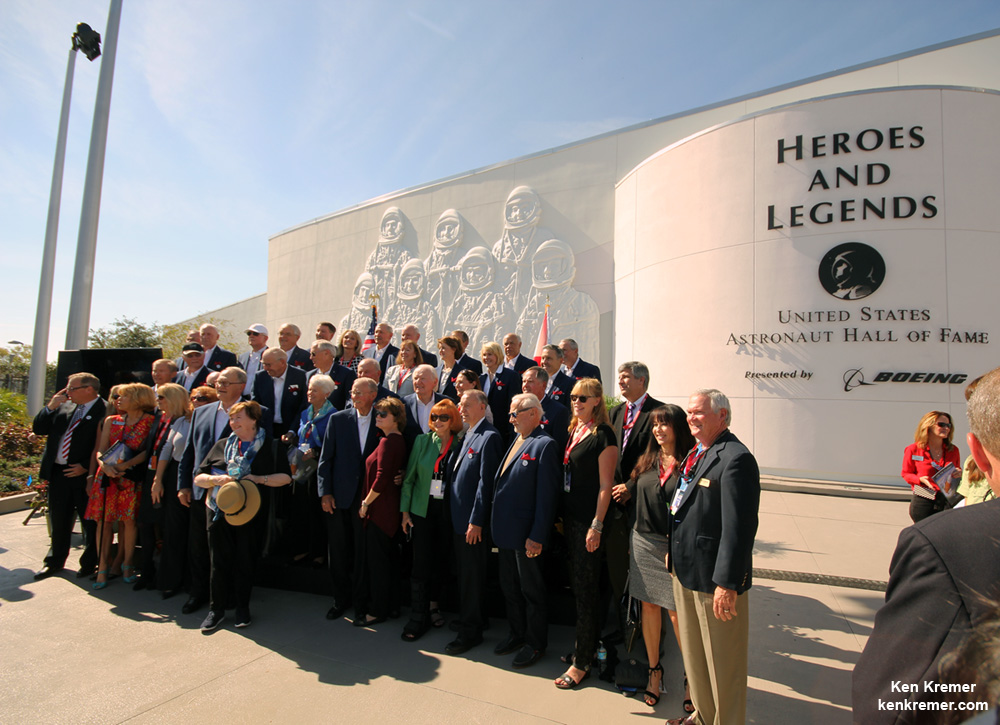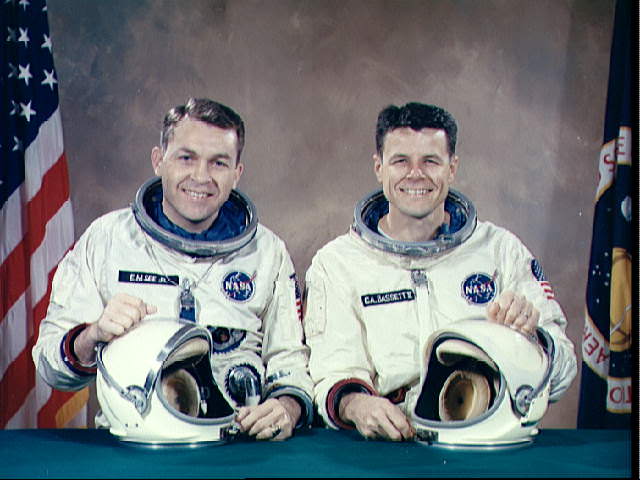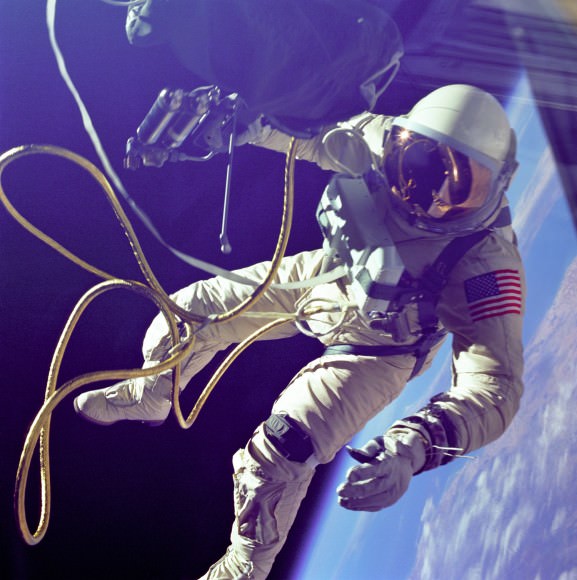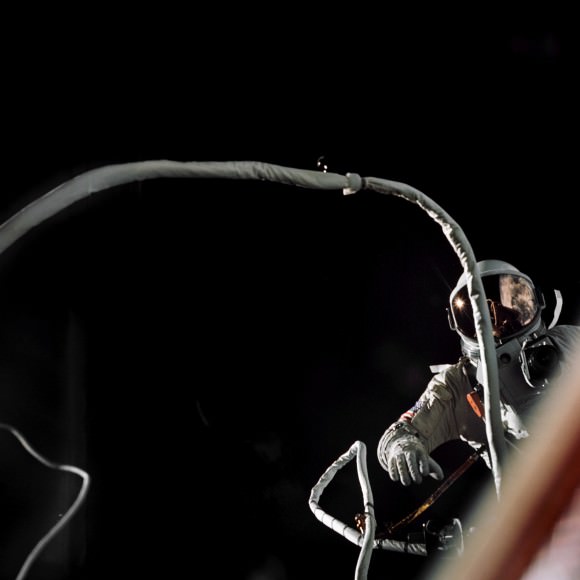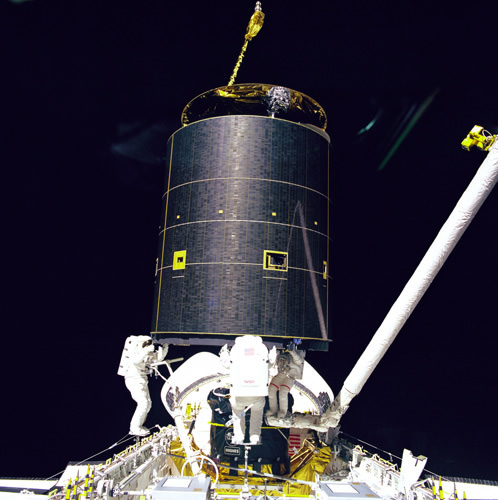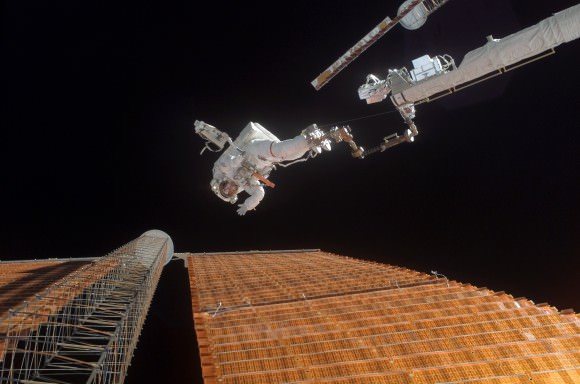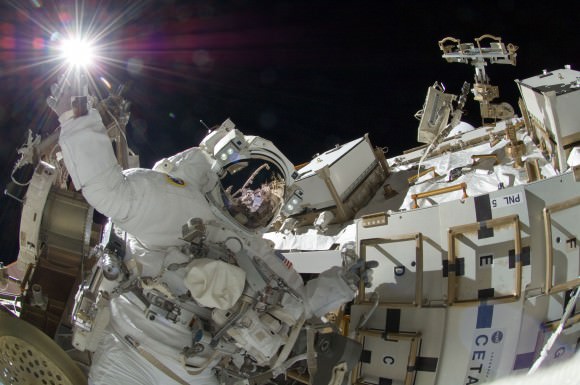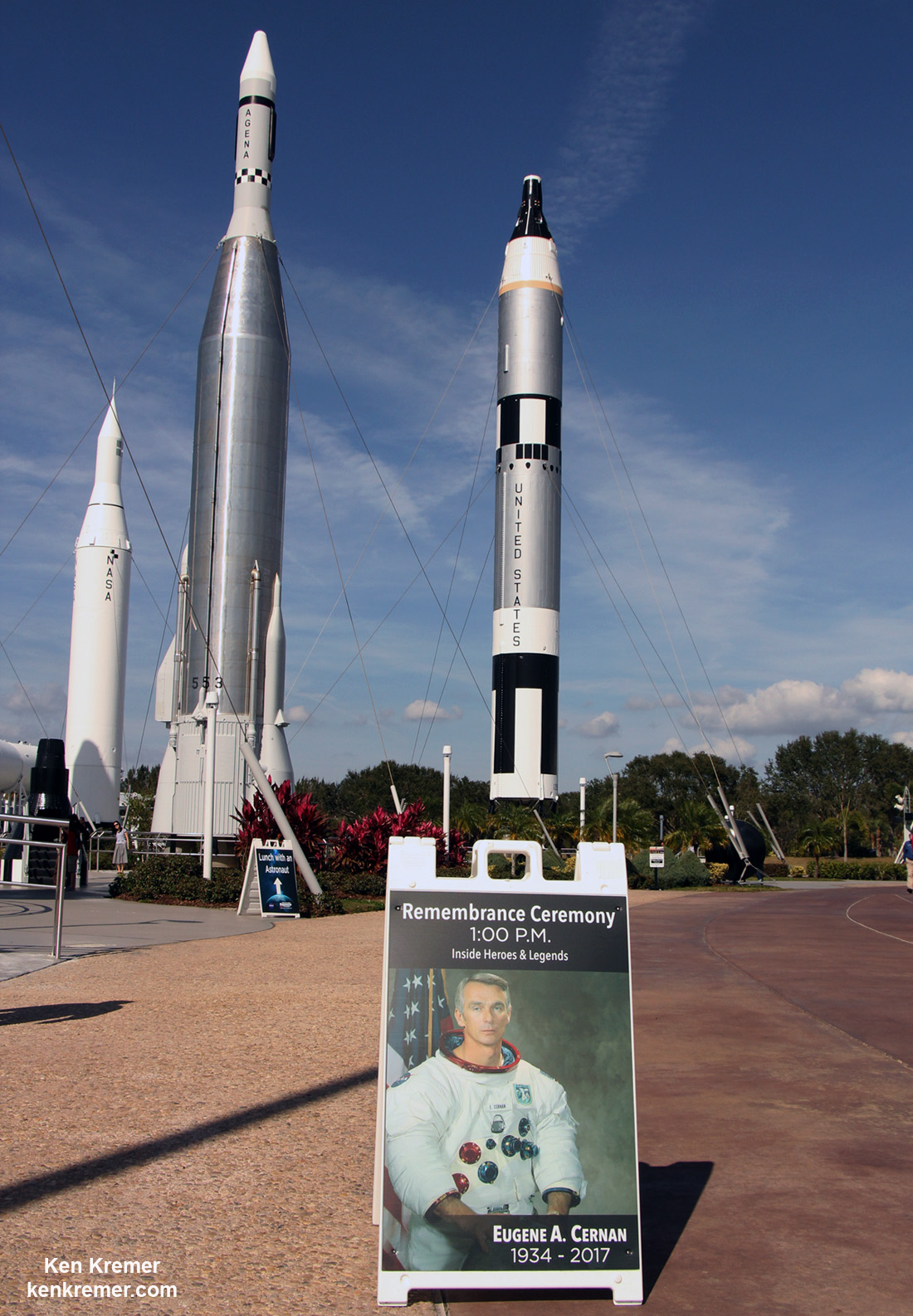
KENNEDY SPACE CENTER VISITOR COMPLEX, FL – Gene Cernan, the last man to walk on the Moon, and one of America’s most famous and renowned astronauts, was honored in a ceremony held at Kennedy Space Center Visitor Complex, Florida, on Jan. 18. [Story/photos expanded]
Cernan passed away earlier this week on Monday, January 16, 2017 at age 82, after a long illness, surrounded by his family.
Cernan, a naval aviator, flew on three groundbreaking missions for NASA during the Gemini and Apollo programs that paved the way for America’s and humanity’s first moon landing missions.
His trio of historic space flights ultimately culminated with Cernan stepping foot on the moon in Dec. 1972 during the Apollo 17 mission- NASA final moon landing of the Apollo era.
No human has set foot on the Moon since Apollo 17 – an enduring disappointment to Cernan and all space fans worldwide.
Cernan also flew on the Gemini 9 and Apollo 10 missions, prior to Apollo 17.
The Gemini 9 capsule is on display at the KSC Visitor Complex. Cernan was the second NASA astronaut to perform an EVA – during Gemini 9.
The Cernan remembrance ceremony was held at the U.S. Astronaut Hall of Fame inside the newly opened ‘Heroes & Legends’ exhibit at the KSC Visitor Complex – two days after Cernan died. It included remarks from two of his fellow NASA astronauts from the Space Shuttle era, Kennedy Space Center Director Bob Cabana, and space shuttle astronaut Jon McBride, as well as Therrin Protze, chief operating officer, Kennedy Space Center Visitor Complex.
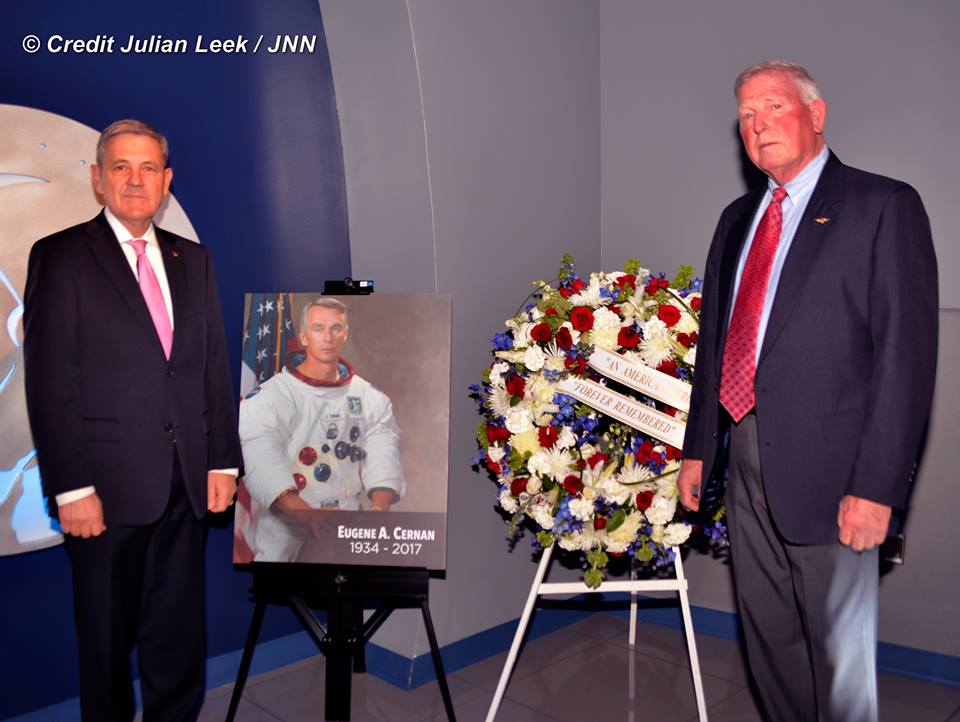
A NASA portrait and floral wreath were on display for visitors during the ceremony inside and outside of the ‘Heroes and Legends’ exhibit.
“He was an advocate for the space program and hero that will be greatly missed,” said Kennedy Space Center Director Bob Cabana during the ceremony inside.
“I don’t believe that Gene is going to be the last man on the moon. And one of the things that he was extremely passionate about was our exploring beyond our own planet, and developing that capability that would allow us to go back to the moon and go beyond.
“I feel badly that he wasn’t able to stay alive long enough to actually see this come to fruition,” Cabana said.
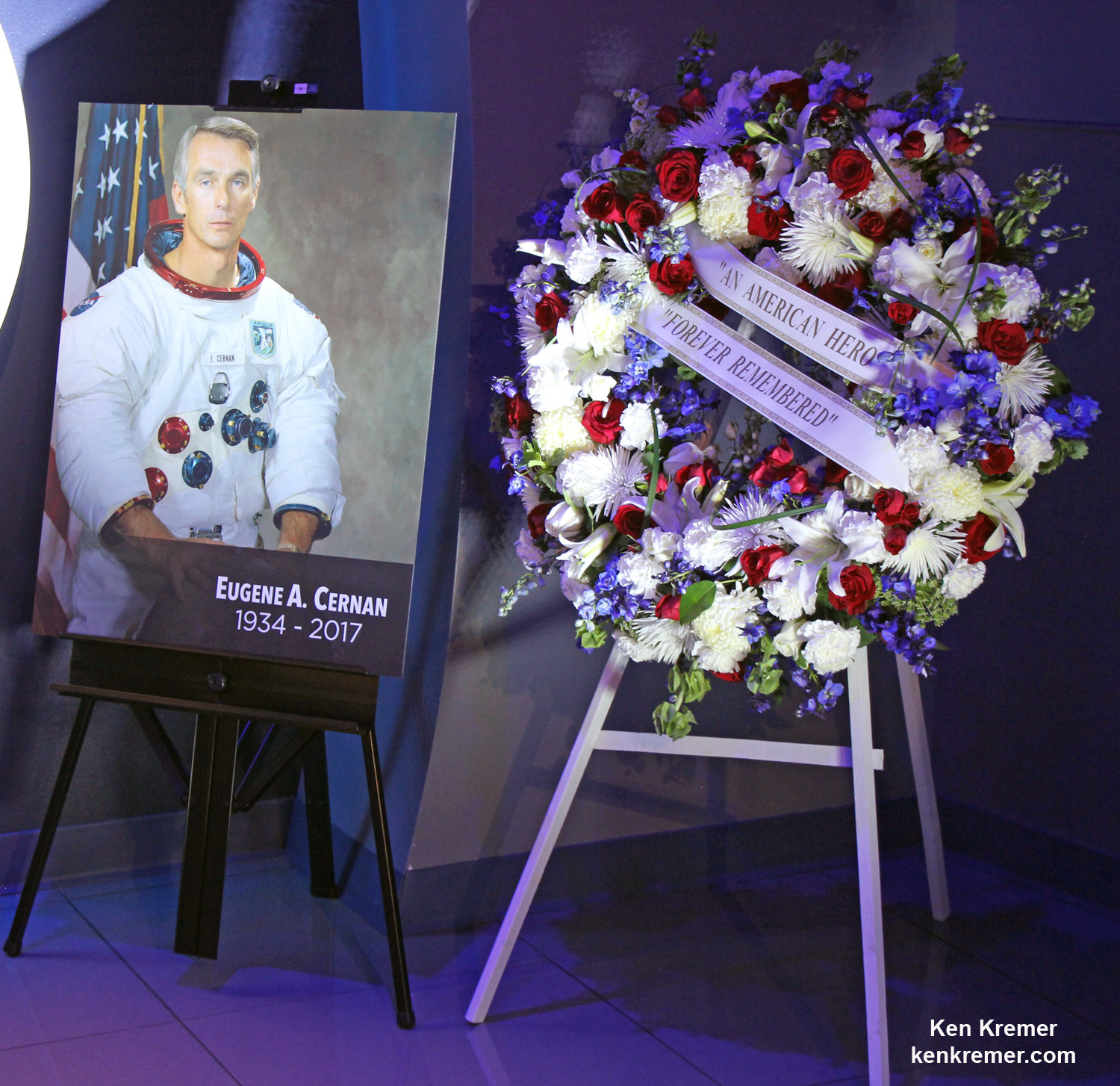
NASA is now developing the SLS heavy lift rocket and Orion deep space capsule to send our astronauts to the Moon, Mars and Beyond. The maiden launch of SLS-1 on the uncrewed EM-1 mission to the Moon is slated for Fall 2018.
“We are saddened of the loss of our American hero, Astronaut Gene Cernan. As the last man to place footsteps on the surface of the moon, he was a truly inspiring icon who challenged the impossible,” said Therrin Protze, chief operating officer of Kennedy Space Center Visitor Complex.
“People throughout generations have been and will forever be inspired by his actions, and the underlying message that what we can achieve is limited only by our imaginations. He will forever be known as ‘The Last Man on the Moon,” and for the extraordinary impact he had on our country and the world.”
Cernan was one of only 12 astronauts to walk on the moon. Neil Armstong and Buzz Aldrin were the first during the Apollo 11 moon landing mission in 1969 that fulfilled President Kohn F. Kennedy’s promise to land on the Moon during the 1960’s.
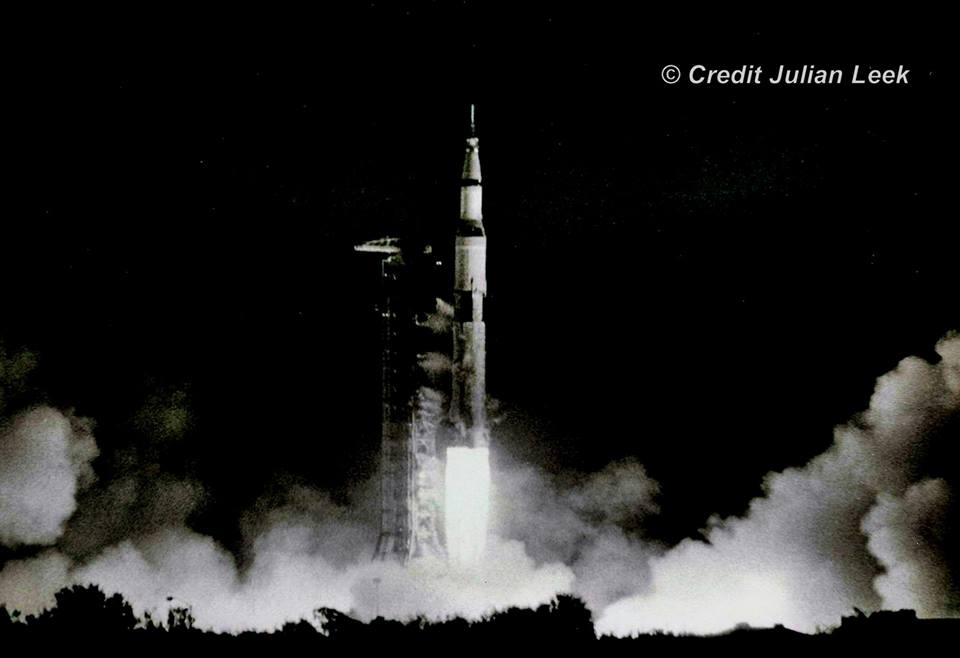
Cernan retired from NASA and the U.S. Navy in 1976. He continued to advise NASA as a consultant and appeared frequently on TV news programs during NASA’s manned space missions as an popular guest explaining the details of space exploration and why we should explore.
He advocated for NASA, space exploration and science his entire adult life.

“As an astronaut, Cernan left an indelible impression on the moon when he scratched his daughter’s initials in the lunar surface alongside the footprints he left as the last human to walk on the moon. Guests of Kennedy Space Center Visitor Complex can learn more about Cernan’s legacy at the new Heroes & Legends exhibit, where his spacewalk outside the actual Gemini IX space capsule is brought to life through holographic imagery.”
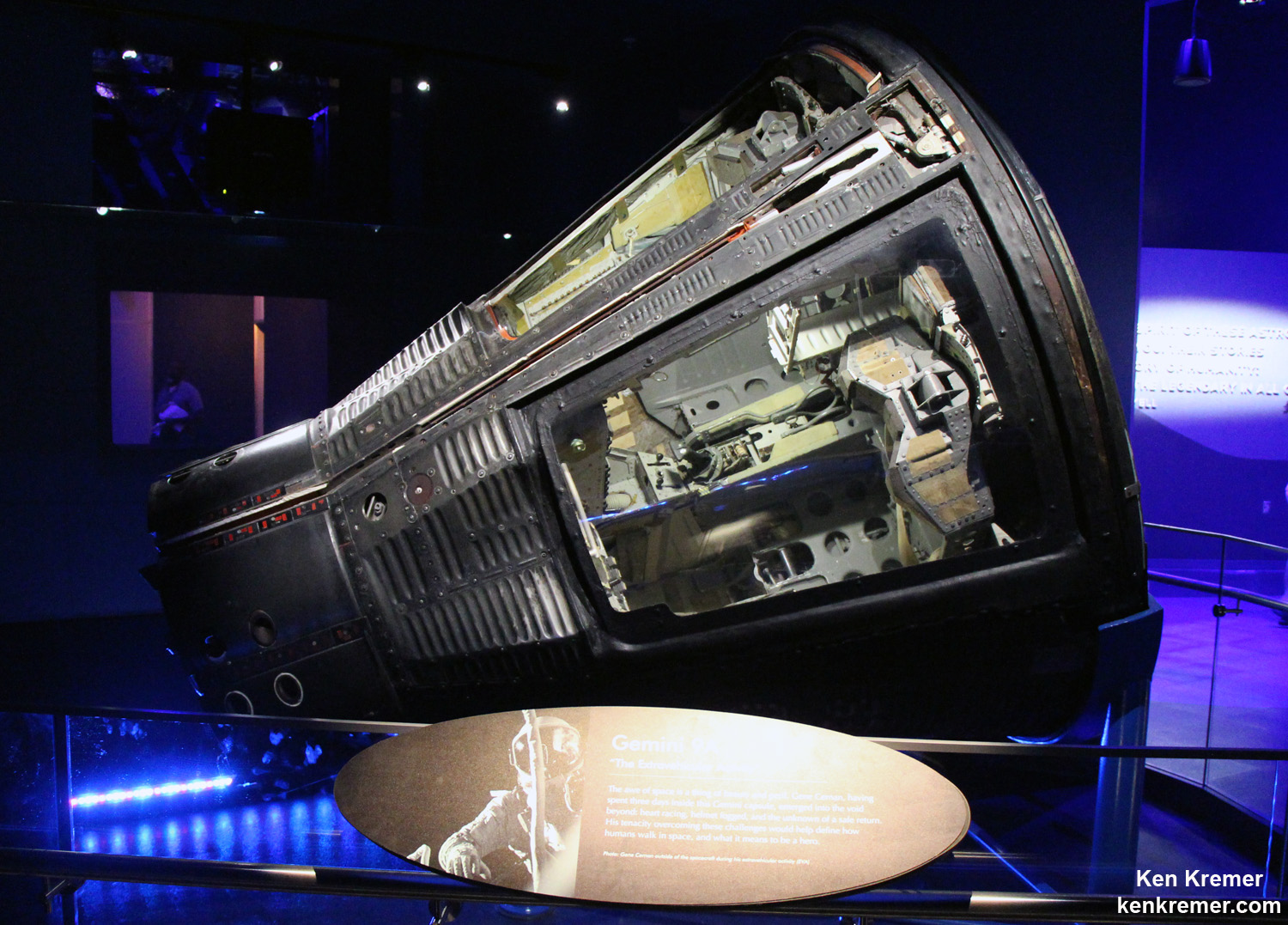
From NASA’s profile page:
“Cernan was born in Chicago on March 14, 1934. He graduated from Proviso Township High School in Maywood, Ill., and received a bachelor of science degree in electrical engineering from Purdue University in 1956. He earned a master of science degree in aeronautical engineering from the U.S. Naval Postgraduate School in Monterey, Calif.
Cernan is survived by his wife, Jan Nanna Cernan, his daughter and son-in-law, Tracy Cernan Woolie and Marion Woolie, step-daughters Kelly Nanna Taff and husband, Michael, and Danielle Nanna Ellis and nine grandchildren.”
The following is a statement released by NASA on the behalf of Gene Cernan’s family:
A funeral service for Capt. Eugene A. Cernan, who passed away Monday at the age of 82, will be conducted at 2:30 p.m. CST on Tuesday, Jan. 24, at St. Martin’s Episcopal Church, 717 Sage Road in Houston.
NASA Television will provide pool video coverage of the service.
The family will gather for a private interment at the Texas State Cemetery in Austin at a later date, where full military honors will be rendered.
Stay tuned here for Ken’s continuing Earth and Planetary science and human spaceflight news.
